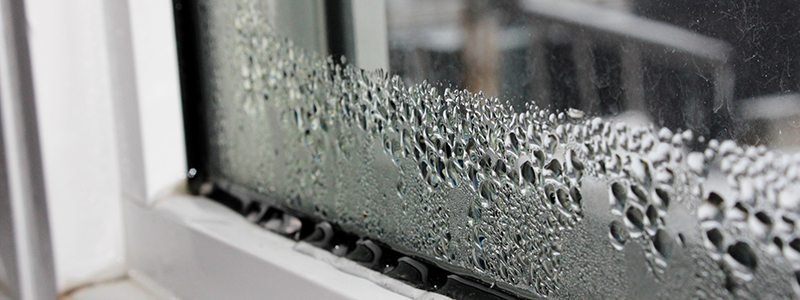
Damp and Mould: Do you know the difference?
Condensation
This is the most common kind of damp. It is caused by moist air condensing on walls, particularly in rooms with a lot of air moisture, such as kitchens and bathrooms. It’s mainly, but not always, a winter problem, when walls and windows are much colder than the air inside.
You may notice water droplets on windows or walls, see dark mould appearing, particularly on glass or around windows, and/or notice an unpleasant smell. If left untreated, condensation can damage paint and plaster and cause window frames to decay, so when you see it form you should wipe it away with a cloth.
Rising damp
Rising damp is caused by ground water moving up through a wall or floor. Most walls and floors allow some water in, but it’s usually stopped from causing damage by a barrier called a damp-proof course or damp-proof membrane.
If you have rising damp, you may notice damaged skirting boards or plaster, as well as peeling paint and wallpaper, often with wet patches. Rising damp may dissolve soluble salts from the ground and building materials, which can then crystallise, forming a white, powder-like substance. This, along with the water, can leave tide marks along the wall.
If you are worried about damp or mould, contact us for more advice on 01932 838383 or housing.repairs@runnymede.gov.uk
This form helps us improve the content and structure of our webpages only, and we cannot provide a response to any submission below.

